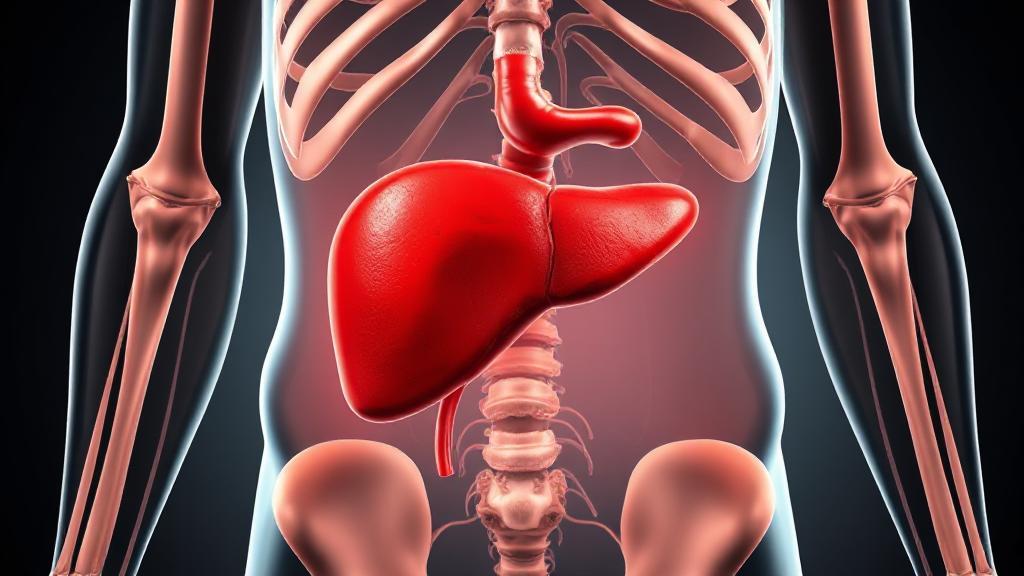Introduction
The liver is one of the most vital organs in the human body, playing a crucial role in metabolism, detoxification, and the synthesis of essential proteins. Understanding its location is important for both medical professionals and individuals interested in their own health. This article will explore the anatomical position of the liver, its structure, and its significance in the human body.
Anatomical Position
The liver is located in the right upper quadrant (RUQ) of the abdomen, just below the diaphragm. It extends from about the fifth intercostal space in the midclavicular line to the right lower costal margin. Most of the liver is protected by the rib cage, with approximately two-thirds of the organ situated on the right side of the body.
Key Anatomical Landmarks
- Right lobe: The larger portion, situated entirely on the right side
- Left lobe: Extends into the left upper quadrant, crossing the midline
- Falciform ligament: Divides the right and left lobes anteriorly
- Inferior border: Extends to about the right costal margin in most individuals
Structure and Dimensions
The liver is a large, reddish-brown organ with the following typical measurements:
| Dimension | Measurement |
|---|---|
| Weight | 1.4-1.6 kg |
| Length | 20-22 cm |
| Width | 15-17 cm |
| Thickness | 10-12 cm |
Lobes and Segments
- Right Lobe: Larger and more prominent, it occupies most of the liver's mass
- Left Lobe: Smaller, extending into the left upper quadrant
- Caudate and Quadrate Lobes: Smaller lobes located on the posterior side of the liver
Relationship to Other Organs
The liver maintains close anatomical relationships with several other organs:
- Superior surface: Contacts the diaphragm
- Posterior surface: Adjacent to the:
- Inferior vena cava
- Right kidney
- Right adrenal gland
- Esophagus
- Inferior surface: Relates to the:
- Stomach
- Duodenum
- Gallbladder
- Hepatic flexure of the colon
Functions and Clinical Significance
The liver performs over 500 functions, including:
- Metabolism: Key role in carbohydrate, protein, and fat metabolism
- Detoxification: Detoxifies chemicals and metabolizes drugs
- Protein Synthesis: Produces essential proteins such as albumin and clotting factors
- Bile Production: Produces bile for digestion and absorption of fats
Common Liver Conditions
Several conditions can alter the liver's normal position:
- Hepatomegaly (enlarged liver)
- Right-sided pleural effusion
- Subphrenic abscess
- Pregnancy
- Ascites
Imaging and Examination
Modern medicine employs various imaging techniques to visualize the liver:
- Ultrasound
- CT scan
- MRI
- Nuclear medicine scans
For medical professionals, surface landmarks help identify the liver's position:
"Percussion and palpation of the liver's borders are fundamental skills in clinical medicine." - Harrison's Principles of Internal Medicine
For more information, visit resources such as:
